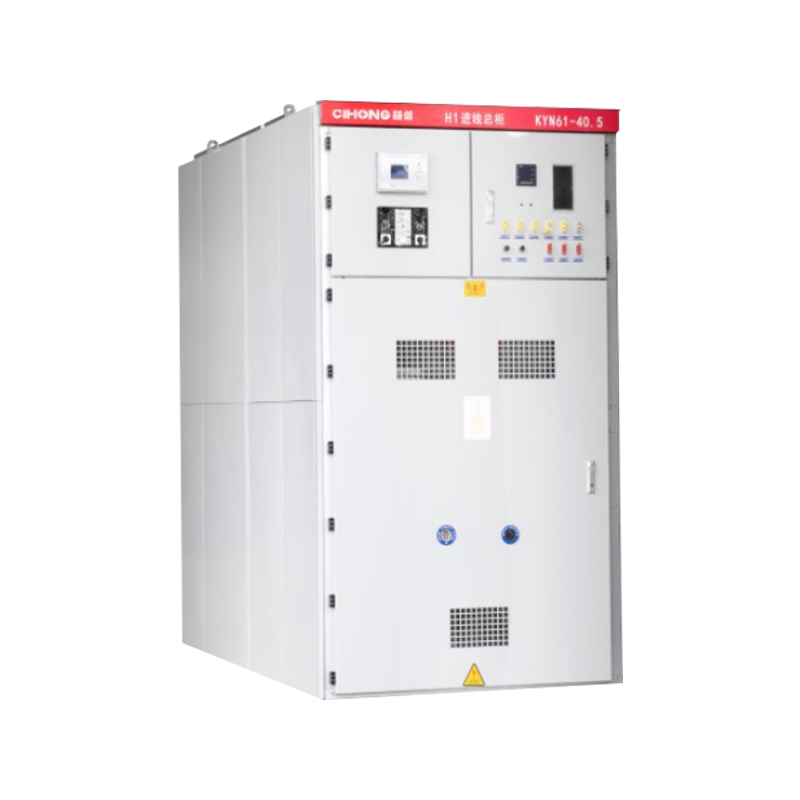Industry News
New Energy Storage Photovoltaic Cabin Strengthens Renewable Power Solutions
The introduction of the New Energy Storage Photovoltaic Cabin is reshaping the way solar power projects are designed and managed. This solution integrates energy storage systems with photovoltaic infrastructure, offering developers and operators a more organized approach to energy conversion and storage. By combining inverter technology, battery units, and monitoring equipment within a single cabin, the design supports stable power delivery across a wide range of projects.
Central to its effectiveness is the cooperation with the Photovoltaic Module. Modules capture sunlight and generate electricity, while the cabin conditions and stores the energy for later use. The integration minimizes mismatch losses and enhances the reliability of distributed power generation. This collaboration also contributes to a balanced flow of energy to the grid, providing steady output during periods of fluctuating sunlight.
The Voltage Withstand Test plays a decisive role in confirming the operational safety of the new cabin. This assessment evaluates whether the system can function under elevated voltage conditions without insulation damage or malfunction. Conducted across both inverters and related components, the test ensures that the cabin complies with international standards and provides reassurance for long-term deployment in solar energy stations.

The Distributed Photovoltaic Power Station sector benefits significantly from the use of storage cabins. Such stations, often located on rooftops, industrial facilities, or rural land areas, require compact yet flexible systems that can operate reliably in diverse environments. The new energy storage photovoltaic cabin simplifies deployment through modular layouts, reducing installation time and improving maintenance access. By offering integrated storage, it also improves grid adaptability, allowing distributed stations to deliver energy more consistently.
In parallel, the cabin concept aligns with the Modular Photovoltaic Cabin model that has gained traction in large-scale energy projects. Modular cabins group essential equipment in a structured environment, enabling quick project assembly and scalability. The new energy storage cabin builds on this approach by adding integrated battery systems, thus enabling operators to balance peak loads and enhance overall project stability.
Safety is further reinforced through the use of a Stainless Steel Cable Junction Box With Fault Indicator. This device ensures secure cable connections while allowing operators to identify irregularities quickly. Its stainless steel construction provides resistance against corrosion and environmental stress, while the fault indicator minimizes downtime by facilitating early detection of issues. When used together with storage cabins, junction boxes contribute to a safer and more efficient energy distribution network.
The application of the new cabin design also addresses the evolving requirements of solar developers. By combining storage and photovoltaic equipment within a single enclosure, companies reduce the need for dispersed installations and improve land utilization. Brands within the renewable energy sector are incorporating features such as real-time monitoring, predictive fault detection, and compatibility with different photovoltaic module types. These enhancements allow projects to adapt to various energy demands while supporting long-term sustainability goals.
The New Energy Storage Photovoltaic Cabin demonstrates how integrated design can bring together energy conversion, storage, and monitoring into a single structure. From voltage withstand tests to the application of photovoltaic modules and distributed power stations, it highlights a pathway toward safer, more efficient, and adaptable renewable energy systems.
Next
Integrated Photovoltaic Inverter Gains Wider Application in Renewable Energy Systems
<p>The renewable energy market continues to expand, and the<a href="/product/new-energ...
View More- PRODUCTS
- New Energy Power Distribution Equipment
- Box Type Substation
- Cable Branch Box/Switch Station
- High Voltage Switchgear
- Low Voltage Switchgear
- Engineering Vacuum Circuit Breaker
- New Energy Vehicle Floor Charging Pile
- Commercial Energy Storage
- Photovoltaic Complete Box
- High Voltage Arrester
- INFORMATION
-
-
Phone+86-13868788848
+86-13356188725 -
Tel+86-0577-88810567
-
E-mail
-
AddNo. 59, Youyi Road, Xinguang Industrial Zone, Liushi Town, Yueqing City, Zhejiang, China
-
- ENQUIRE WITH US
Photovoltaic Module Manufacturer




 English
English  中文简体
中文简体  русский
русский  Español
Español  عربى
عربى 


